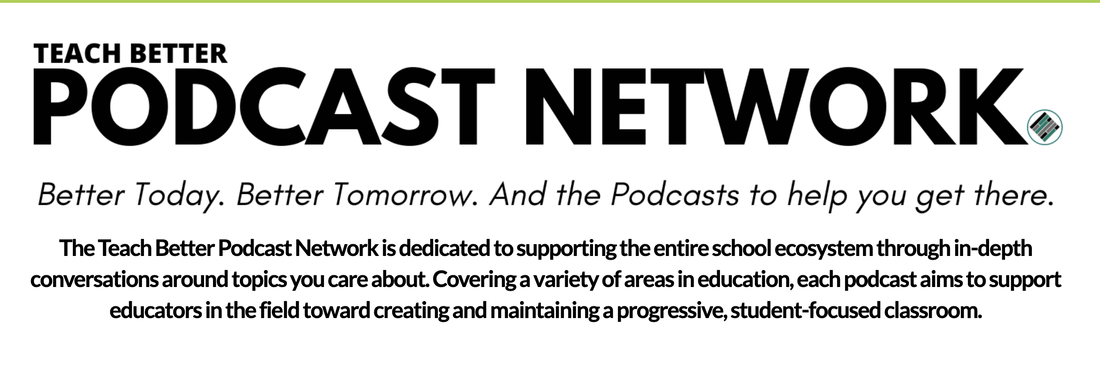|
We’ve been talking about educational equity (see “Getting Started with Equity” and “6 Strategies for Advancing Educational Equity”). Dress codes can contribute to inequitable and even hostile learning environments for kids. As a 12-year old, I was sent to the office for my shorts being too short. The measuring tape was taken out and everything. I was in a position of privilege, as my mom was a teacher at the school and was able to advocate for me, so the negative impact was only about 30 minutes of missed class time. At 12, I knew this was a problem, and I’ve since learned even more about the extent of the problem... It’s a big problem, and the sexism of dress codes intersects with racism. Here’s an excerpt from an earlier blog post on acting brave: Black girls in the US are disproportionately targeted by school dress codes and experience victim blaming from their teachers. Too many high schools ban hair wraps or other head coverings and regulate skirt/short length and clothing tightness. As an interviewee for this Independent article stated, “Any adult sexualising girls’ bodies by policing their clothing is problematic for students and results in negative academic, social and emotional effects on students. Too often girls recounted stories about administrators implying that girls are inviting sexual harassment because of what they are wearing. Not only is this blaming the victim, it also communicates to boys or other harassers that they are not responsible for their own behaviour.” Many dress codes even ban particular hairstyles, typically target black hair, citing these styles as “distracting” or “unprofessional” (“Schools are Policing Black Kids’ Hair...”). Watching high school wrestler, Andrew Johnson, have his dreadlocks publicly cut off after being threatened with forfeiting his match was heartbreaking and nauseating. These types of rules are racist—they normalize whiteness and marginalize non-whiteness. This perpetuates the idea of white supremacy (“Hair Politics: How discrimination against Black hair in schools impacts Black lives”). These policies may have been written without such an intention, but once we see the racist policies for what they are, it’s on us to do something about it. So, what can we do?
If you’re thinking, “What if bringing this issue up agitates the students and they start protesting?” Use it as a learning opportunity! Introduce them to other students who are doing or have successfully done the same thing. Help them make it respectful and effective. Activism is linked to all sorts of positive outcomes for youth, and being able to speak out against injustice is a skill we should develop in our kids. Might simply bringing up the dress code draw attention to you as a teacher? Sure. Adults in power may struggle with seeing a point of view that differs from “how it’s always been.” I’m not saying you must risk losing your job if your administration is that hostile, but I am pointing out that the current dress code at many schools disproportionately hurts students who identify as female and students of color, and it particularly hurts students at the intersection: girls of color. Shaming students and removing them from the classroom are not good for students’ self-image or their educational success. Addressing an inequitable dress code requires acting brave, for sure. So, take a deep breath, think big, and imagine what your school could look like with a more inclusive dress code. Re-read your best self portrait, or create one if you haven’t already! What are the values you hold when you’re at your best? How do those figure into your response on this issue? And finally, take another look at the youth and adult activists who have successfully fought for a better dress code, channel their bravery, and take a brave step of your own.
0 Comments
Leave a Reply. |
Details
For transcripts of episodes (and the option to search for terms in transcripts), click here!
Time for Teachership is now a proud member of the...AuthorLindsay Lyons (she/her) is an educational justice coach who works with teachers and school leaders to inspire educational innovation for racial and gender justice, design curricula grounded in student voice, and build capacity for shared leadership. Lindsay taught in NYC public schools, holds a PhD in Leadership and Change, and is the founder of the educational blog and podcast, Time for Teachership. Archives
May 2024
Categories |


 RSS Feed
RSS Feed